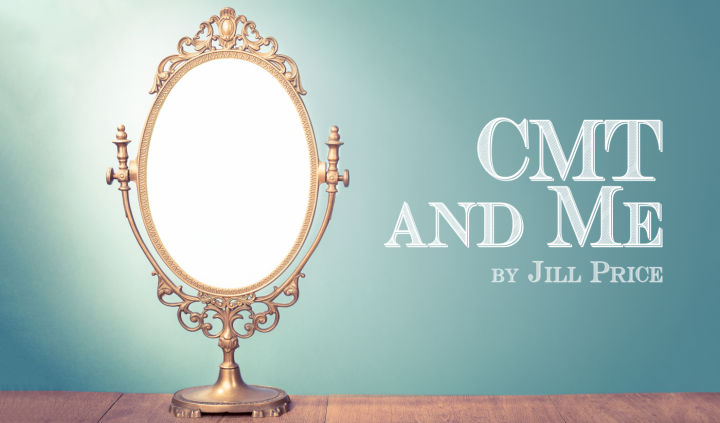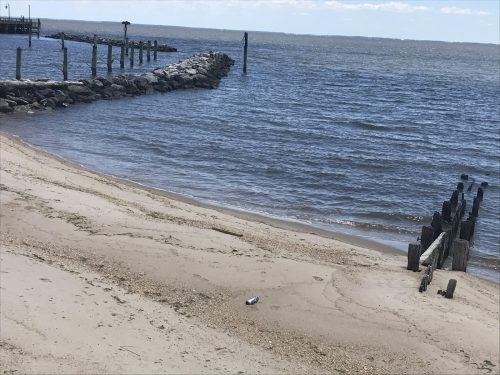Tips for Photography Enthusiasts with Disabilities
Written by |

Recently, I joined a photography group for moms, and with them, I’ve been learning new techniques to feed my passion. However, there are times that I find these techniques difficult due to Charcot-Marie-Tooth (CMT). My hands sometimes shake which makes the photo blurry, or I hit the shutter too soon or too late. Those are the times I am thankful for digital cameras and the ability to delete poor-quality photos rather than waste film.
Still, even without the film, some cameras are too heavy for me to hold while also gripping my cane. It’s a struggle to find a DLSR camera that’s lightweight while also fitting my other needs. The Disabled Living Foundation offers suggestions for camera needs that people with disabilities should look out for. If someone has reduced hand function, they should consider how easily reached the controls are. If struggling with eyesight, one should seek a camera that has a large screen. The foundation also says to make a list of camera features most appropriate for one’s style of photography. For example, since I tend to do mostly landscape and everyday photography, I do not need a very high shutter speed.
Other challenges I face include trouble keeping my camera steady while managing its weight and difficulty positioning myself to get the “perfect” angle. There are ways to work around these, I just need to figure out what’s best for me.
In a Visual Wilderness newsletter article, wildlife photographer Gaurav Mittal shares helpful advice on ways to make photography easier and more accessible. I like his idea of using a cell phone in place of a DSLR. Some of the newer phones have cameras that can take photos comparable to DSLR quality. Even if I use my cell phone, I can still enhace my photos through editing software such as Lightroom and Photoshop, or through free photo editing apps like Snapseed (available on both iOS and Android).
Mital suggests taking pictures in a backyard or wherever else feels comfortable so photographers can work at their own pace and use whatever supports necessary to success — for instance, sitting on a chair rather than standing on uneven grass when taking photos of birds and garden flowers. He also reminds disabled photographers to ask for assistance when needed, which is a skill I’m still working on.
There are groups where disabled photographers can find support and resources, such as the U.K.’s Disabled Photographers Society and Photographers with Disabilities. I could not find a group near me, so maybe I’ll need to start one.
First, though, I need to decide whether I want to upgrade to a phone with a higher quality camera or continue looking for a lightweight DSLR. I will need to figure out and practice workarounds for the photography challenges that CMT presents. I love capturing both special and everyday moments, so I’m determined to push through my barriers.
“Photography is the story I fail to put into words,” said photographer Destin Sparks. Time to go out and capture some stories!
Do you have any photography tips for people with disabilities? Share in the comments below!
***
Note: Charcot-Marie-Tooth News is strictly a news and information website about the disease. It does not provide medical advice, diagnosis, or treatment. This content is not intended to be a substitute for professional medical advice, diagnosis, or treatment. Always seek the advice of your physician or other qualified health provider with any questions you may have regarding a medical condition. Never disregard professional medical advice or delay in seeking it because of something you have read on this website. The opinions expressed in this column are not those of Charcot-Marie-Tooth News or its parent company, Bionews Services, and are intended to spark discussion about issues pertaining to Charcot-Marie-Tooth.






Angela Redmon
I have a Sony a6000. It's mirrorless. It's so small and lightweight and I still have the creative control of having lens options. I have a camera backpack that fits perfectly on my walker so I don't have to carry anything. Plus, I have my walker if I need to get lower angles without having to squat down.
Jerry Devin
I was diagnosed with CMT at the age of 75 and feel very
fortunate that it waited that long before it expressed the
classical signs of the disease. Up to that time I was very
active playing golf , skiing, bird hunting, hiking . Now I
can’t do any of those activities but am very blest I was able
do everything I previously participated in.
Linda Crabtree
September 16, 2021 - Having used a small, light weight Canon for many years, I now I find that I can barely press the shutter with my right index finger. Thinking that a smart phone might work for me, I tried both the newest iPhone and Samsung Galaxy. I take macro photographs. The iPhone was incapable of taking good macro photo and the Samsung was so complicated, taking into consideration that I have to use voice commands, that I was unable to use it. Both phones were returned and I continue to use my Canon, pushing the shutter anyway I can. If anyone ever comes up with a very lightweight single lens reflex camera with an excellent lens and built-in voice command capabilities, I will be the first in line to buy it.
Brian Speed
i am thinking buy a remote shutter release there are lots to choose from starting at about £3.00 QUID.I HAVE ONE WITH A TIMER ON IT. or use it to fire in laps say every 2 3 minuets and more .if you have touch screen then you can fire from that as well .i hope this helps if not give us a message and i will try to help .
Brian
Randall Huleva
I would suggest using your camera’s shutter release timer set to two seconds. That will allow you to press the shutter and then steady the camera again before the shutter releases.
Grainne Madden
I have cerebral palsy which as a result I have weakness down my right side. Therefore I am unable to use my hand adequately and only use it as a helper. I’m wondering is there any dslr camera out there I would be able to use. Many thanks.
James Damion
I was diagnosed with a rare, progressive neurological disorder that effects both my speech and balance. As a long time photographer , I've sought out ways to continue and even strive. While some things are obviously easier than others, I'm now trying to work my way back to studio photography. The thought has brought on anxiety levels I have never known. Any thoughts?
Oren Kennedy
I came across this article while searching for 'photography with disablitises.' I learned that their are a few groups of note in the UK, but I haven't seen much for the US.
If you're looking for a lightweight, mirrorless system, definitely check out Olympus/OM systems. (I'm also familiar with Fuji) Their size, weight, and ergonomics might save you from a jump to a phone camera. The 60mm macro on an Olympus body is less than 1/2 the weight of the Canon DSLR body itself. All of the new digital cameras offer great wireless remotes as well. New hand-held gimbals also allow many camera functions to be used with one hand.
If anyone knows of a US group, please share!
Marc Wortsman
Hello. I enjoy photographing shore birds using low angle photography. However I cannot lay flat on the ground using a ground pod. I've tried using a short stool with the camera's display at a 90' angle. That get's tiring, and sometime hard for me to stand after sitting on the stool. Please offer suggestions for low angle photos for those of us who can't get our eyes on the viewfinder. Thanks.